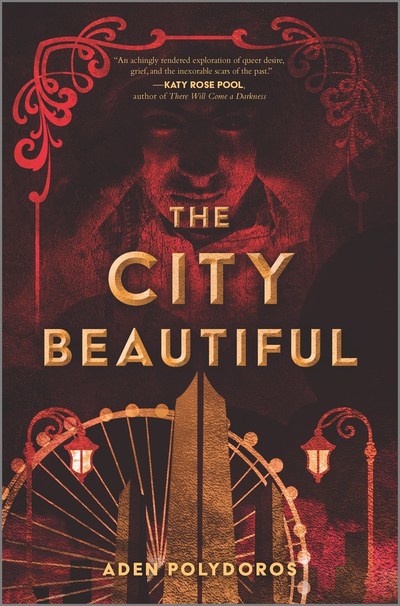T.A. (Tom) Barron brings middle-grade readers more epic adventures of England’s great wizard in book three of The Lost Years of Merlin. Young Merlin, age 14 in this latest title, continues his quest for the Galator pendant once the possession of his grandfather Tuatha. The series has proven so popular that it is now projected to include five titles, and Barron seems to outdo himself with each new title.
The book opens as Merlin is putting the final string on his handmade psaltery and preparing to play it for the first time. Just as he strikes the first chord for his mother, the poet Cairpre, and his friend Rhia, he is attacked by a kreelix, one of the flying maggots that live by devouring the magic of others; the kreelix almost succeeds in killing young Merlin. The attack sets off a series of exciting events that readers have come to expect from Barron a narrow escape from a living stone; confrontation with the treacherous Urnalda, ruler of the dwarves, who insists that Merlin honor his promise to help fight the ancient evil dragon Valdearg; Merlin’s rescue by a brother and sister from the deer people, who give him power to be transformed into a deer and then swiftly lead him across the River Unceasing; a terrible whirlwind; and a final encounter with the Wheel of Wye, where he almost succeeds in regaining the Galator, and Valdearg. Like the travels of Ulysses and Dante’s Inferno, each event is filled with unearthly creatures, magical components, and terrible threats on every side. Yet it is Merlin’s practical knowledge of herbs and his compassion in saving Valdearg’s last surviving hatchling that result in Merlin’s own final escape. Magic is a tool, he declares near the end. But whether it’s ultimately good or evil well, that depends on the person who wields it.
Young readers with a taste for mythical adventures will devour Barron’s books, perhaps without realizing the strong undergirding they give to the courage, humility, and integrity Merlin displays. Perceptive readers will also notice the occasional interweaving of environmental and vegetarian causes. And everyone will want to know if and when Merlin ever possesses the Galator.
Etta Wilson is an author, editor, and cheerleader for children’s books.


























